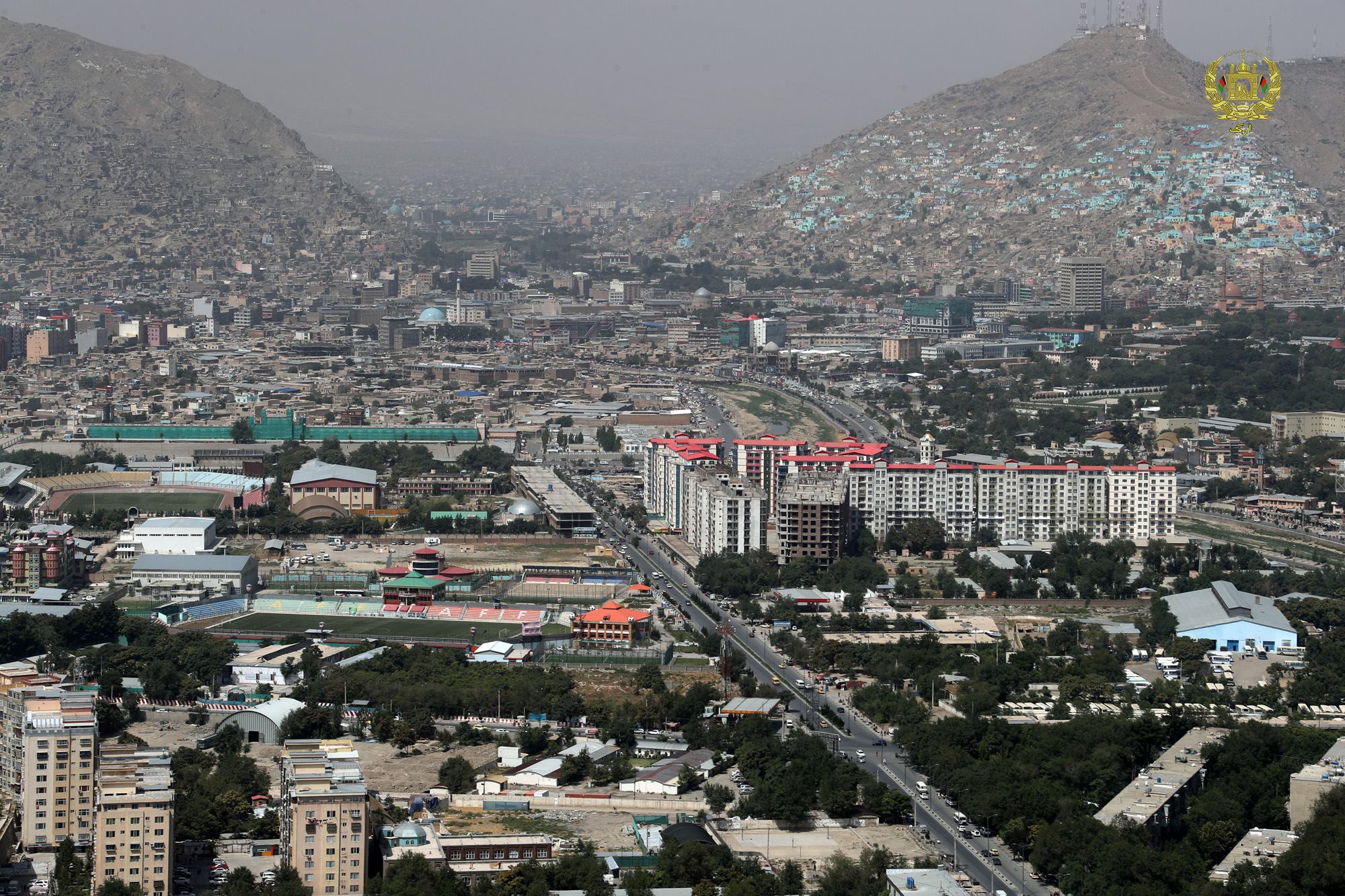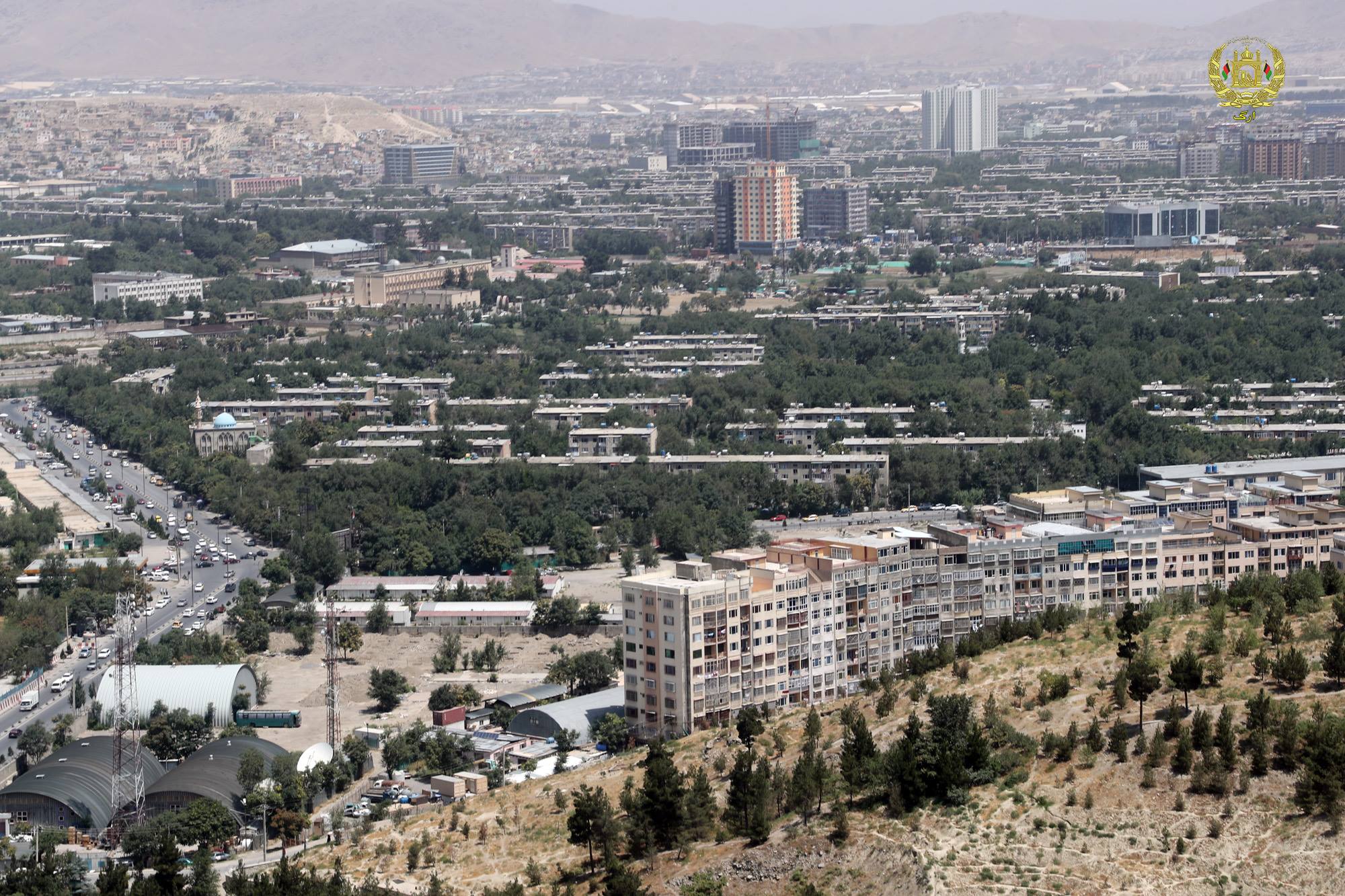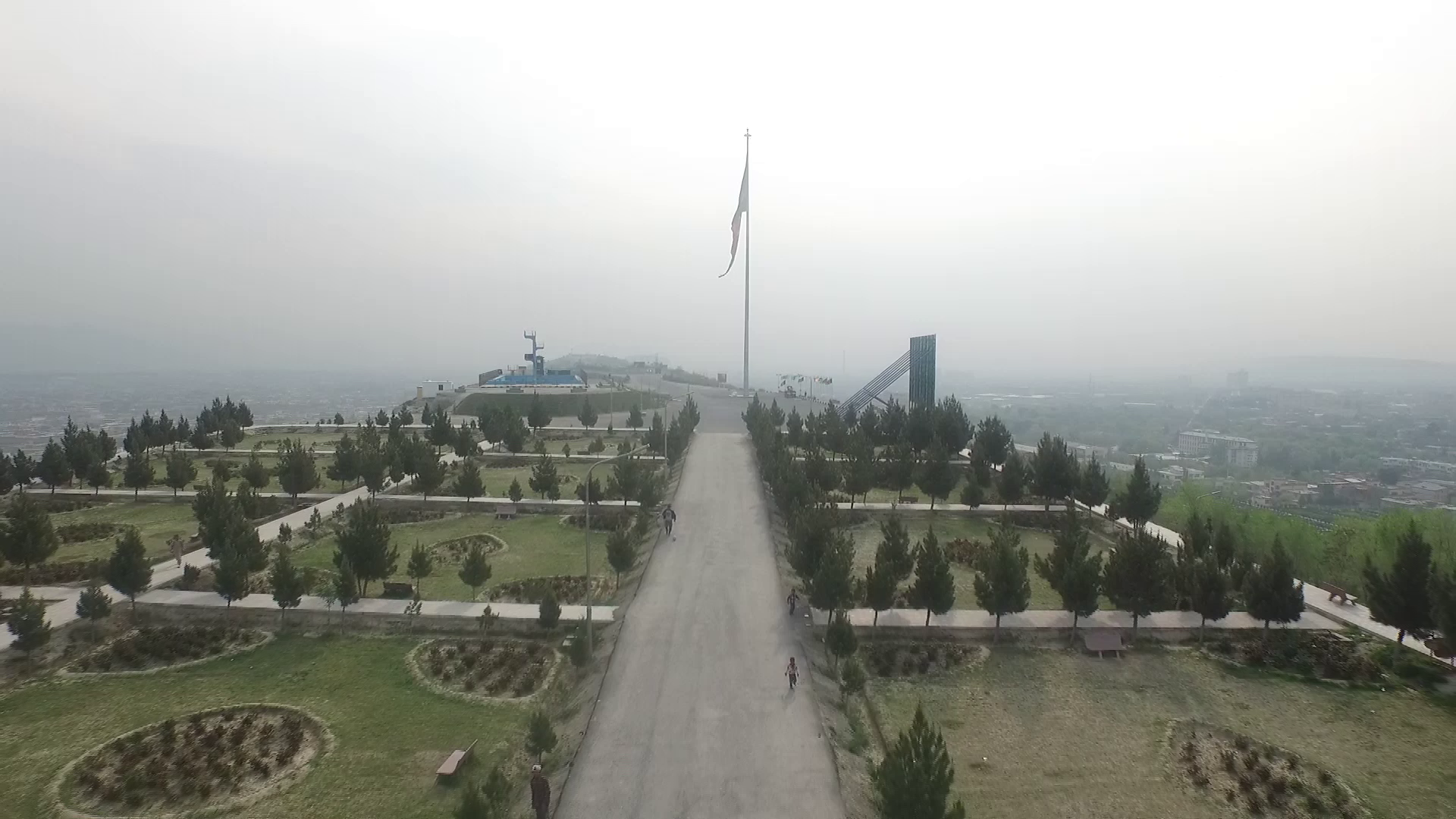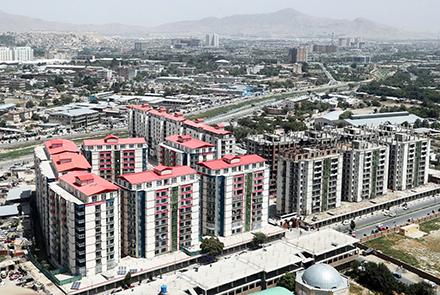Afghanistan’s Minister of Interior Wais Ahmad Barmak on Monday said the newly ratified Kabul security plan is the only way to prevent suicide attacks and other terror related activities in Kabul city.
He said as part of the first phase of the plan, which is currently being rolled out, many of the 133 side roads connecting suburbs of Kabul to the city center will be closed. Main roads leading into the city will remain open but will have a heavy security presence.
On 6 February, the interior ministry unveiled a new security strategy for Kabul in a bid to safeguard the city from insurgent attacks following a series of deadly incidents in January that claimed at least 200 lives.
According to the MoI, security forces will launch a crackdown on all areas of Kabul against insurgents and within a year almost 90 percent of the city will be monitored by security cameras.

Based on the security strategy, the interior ministry will be responsible for the security of Kabul’s Green Zone – or diplomatic quarters – as well as the Blue Zone, which is the remainder of the city.
The NDS will also beef up its intelligence and surveillance activities.
“Launching operations in all parts of Kabul makes up one of the core components of the plan including operations in Kabul’s fifth, eighth, ninth and seventh zones,” said Barmak.
“The defense ministry will undertake its responsibility in the belts outside the city, we are also prepared to cooperate if they need us inside the city,” said defense ministry spokesman Dawlat Waziri.
“Overall 133 side roads connecting to the city have been identified and some of these roads will be closed,” added Barmak.
According to the new plan, all other police check points inside the city will be dismantled and more attention will be paid to the main gates of Kabul.

“The more you limit the security circle, the closer the enemy gets to you. Therefore, it is better to expand this circle outside the city,” Barmak said.
Currently over 30 percent of Kabul city is under the surveillance of security cameras.
The new security strategy includes seven priorities composed of 92 classified items and will be implemented in three phases.
Afghanistan’s security institutions are expected to assess the implementation of the process on a weekly basis.
“They must find out who brings suicide attackers (into the city); where the bombs come from and how they infiltrate the city,” said one MP, Hazrat Ali.



